Everything you need to know about specifications and performance - Hyundai i10 2013 - 1.0 16V (67 Hp) Automatic

Overview:
What is the engine capacity of a Hyundai i10 2013?
The engine capacity of the Hyundai i10 2013 is 998.
Hyundai i10 2013 How many horsepower?
The engine power of the Hyundai i10 2013 is 67 Hp @ 5500 rpm..
What is the Hyundai i10 2013 engine?
Hyundai i10 2013 engine is G3LA. (Click to see other cars using the same engine)
How much gasoline does a Hyundai i10 2013 consume?
The Hyundai i10 2013 consumes 6 liters of gasoline per 100 km
What is the recommended oil for a Hyundai i10 2013 engine?
The recommended oil for a Hyundai i10 2013 car engine is 5W-30.
What type of camshaft transmission system is used in a Hyundai i10 2013 engine?
chain is used to transmit motion.
General:
Engine:
Performance:
Space:
dimensions:
Powertrain, Suspension and Brakes:
See also
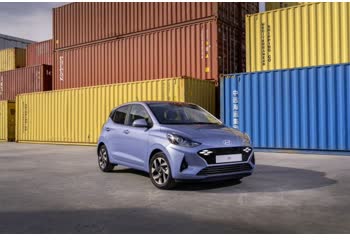
Last generation.
Its production began in 2024 until Now
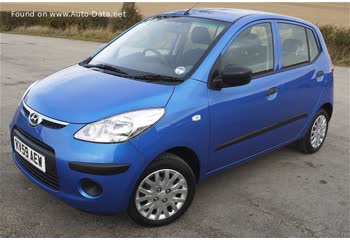
Other generation.
Its production began in 2008 until 2010
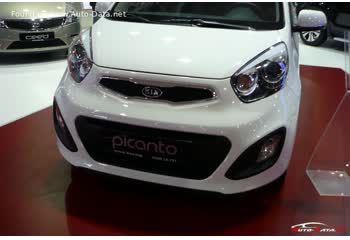
Same engine. (G3LA).
Its production began in 2011 until 2015
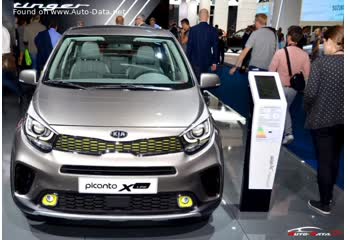
Same engine. (G3LA).
Its production began in 2017 until 2020
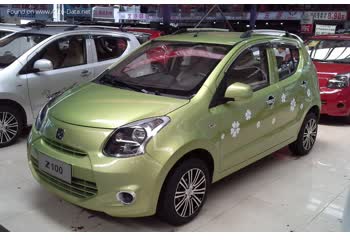
Same production year and almost the same engine capacity.
Its production began in 2013 until 2017
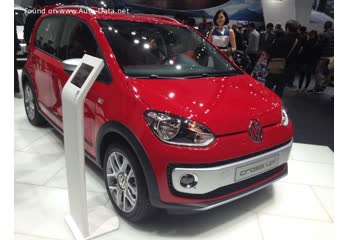
Same production year and almost the same engine capacity.
Its production began in 2013 until 2016

Write a comment